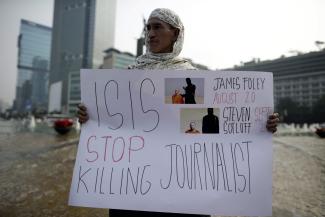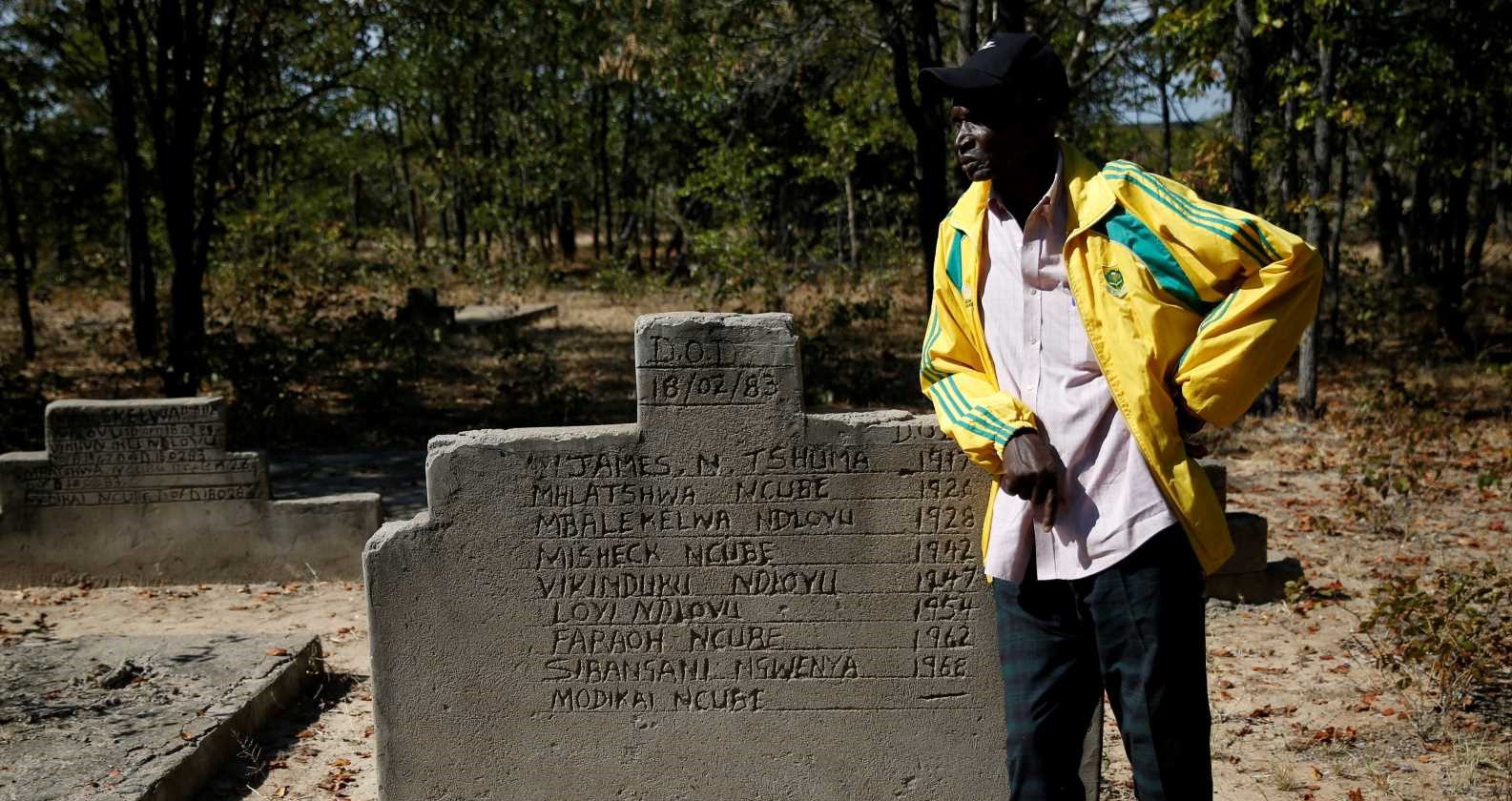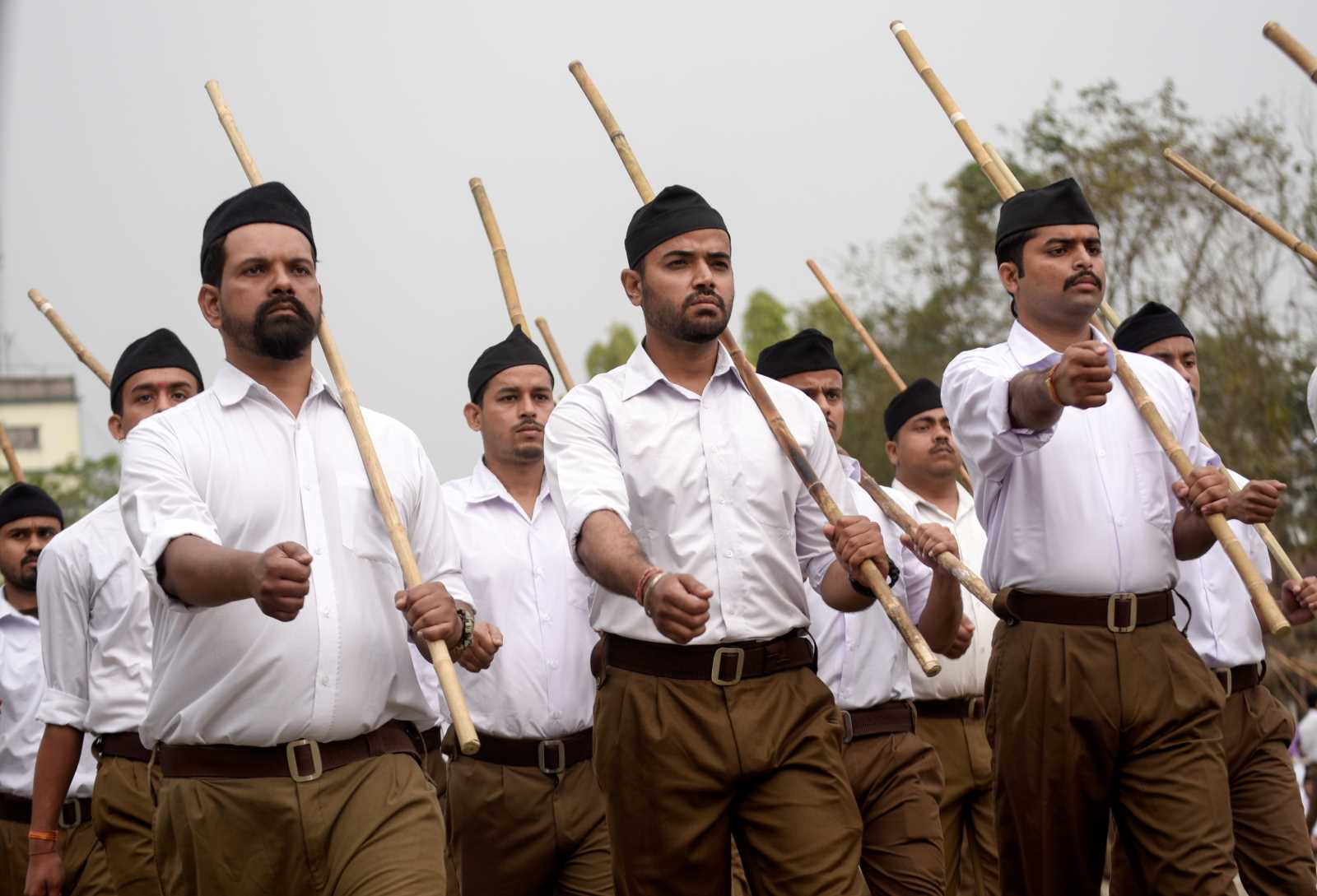Media
Dangerous job

According to RwB, the most deadly region is the Syrian and Iraqi territory that is controlled by the terrorist militia IS. Around 20 journalists were killed there last year. In some cases, the perpetrators posted short films of the murders on the internet. Since many journalists have fled, some cities are now “information black holes”, RwB states.
The next most dangerous areas, according to RwB, are Balochistan province in Pakistan and Eastern Ukraine, where both regular security forces and armed militias are known to threaten and kill local journalists. North-eastern Colombia is also identified as a high-risk area, and has been so for years because of paramilitary organisations’ and criminal groups’ involvement in drug trafficking.
In order to survive, many media workers go into exile. According to RwB, 139 journalists fled their countries last year, and so did 20 citizen-journalists, who often face the same threats as professional media workers. The largest group to opt for exile were Libyans, with 43 journalists leaving the country. The numbers of journalists fleeing from Iran and Eritrea has gone down, RwB reports, and adds that there are not many independent journalists left in those countries.
Around 1,000 journalists and citizen-journalists were imprisoned in 2014, with Ukraine, Egypt and Iran topping the list, RwB state. Furthermore, RwB counted 1,846 threats and attacks. Ukraine, Venezuela and Turkey were the countries with most cases. As RwB points out, however, many abuses are never reported, either because the media workers concerned are too scared to notify the police, or because the police refuses to accept their case.
Perpetrators are encouraged if they know that they are unlikely to ever face a court. Therefore, the Committee to Protect Journalists (CPJ), another civil-society organisation, is running a global campaign against impunity. According to its statistics, nine out of 10 murders of journalists go unpunished. CPJ counts 1,110 journalists who were killed all over the world since 1992, and calls these murders the “ultimate form of censorship.”
Sheila Mysorekar
Links:
Reporters without Borders: Report about violence against journalists in 2014.
http://en.rsf.org/rwb-publishes-2014-round-up-of-16-12-2014,47388.html
Committee to Protect Journalists: Campaign against Impunity.
https://www.cpj.org/campaigns/impunity/










